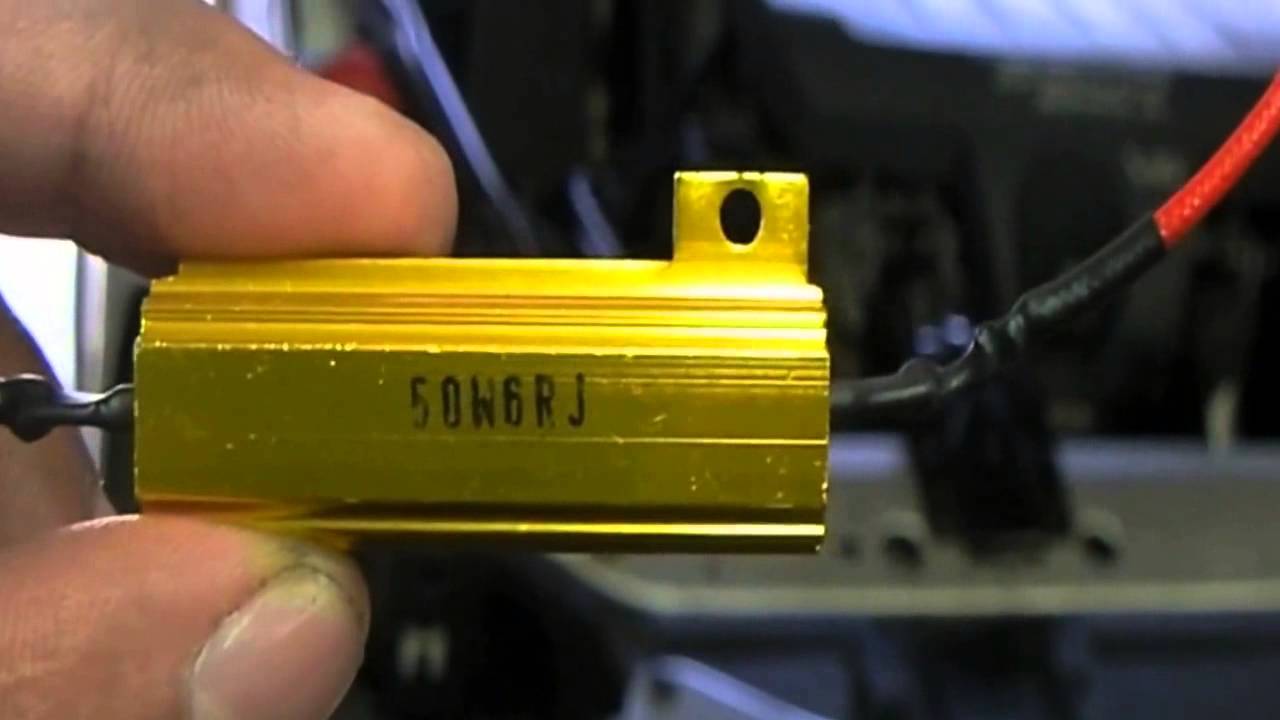A battery stack is limited in performance by the lowest capacity cell in the stack; once the weakest cell is depleted, the entire stack is effectively depleted. The health of each individual battery cell in the stack is determined based on its state of charge (SoC) measurement, which measures the ratio of its remaining charge to its cell capacity. SoC uses battery measurements such as voltage, integrated charge and discharge currents, and temperature to determine the charge remaining in the battery. Precision single-chip and multichip battery management systems (BMS) combine battery monitoring (including SoC measurements) with passive or active cell balancing to improve battery stack performance. These measurements result in:

Healthy battery state of charge independent of the cell capacity
Minimized cell-to-cell state of charge mismatch
Minimized effects of cell aging (aging results in lost capacity)
Passive and active cell balancing offer different advantages to the battery stack.
Passive balancing allows all cells to appear to have the same capacity. Initially, a battery stack may have fairly well matched cells. But over time, the cell matching degrades due to charge/discharge cycles, elevated temperature, and general aging. A weak battery cell will charge and discharge faster than stronger or higher capacity cells and thus it becomes the limiting factor in the run-time of a system. Passive balancing allows the stack to look like every cell has the same capacity as the weakest cell. Using a relatively low current, it drains a small amount of energy from high SoC cells during the charging cycle so that all cells charge to their maximum SoC. This is accomplished by using a switch and bleed resistor in parallel with each battery cell.

The high SoC cell is bled off (power is dissipated in the resistor) so that charging can continue until all cells are fully charged.
Passive balancing allows all batteries to have the same SoC, but it does not improve the run-time of a battery-powered system. It provides a fairly low cost method for balancing the cells, but it wastes energy in the process due to the discharge resistor. Passive balancing can also correct for long-term mismatch in self discharge current from cell to cell.
For customers that wish to maximize system run-time and charge more efficiently, active balancing is the best option. With active cell balancing, energy is not wasted, but rather redistributed to other cells in the stack while both charging and discharging. When discharging, the weaker cells are replenished by the stronger cells, extending the time for a cell to reach its fully depleted state. Microhm Electronics' NUAL series are employed as discharge resistors.











